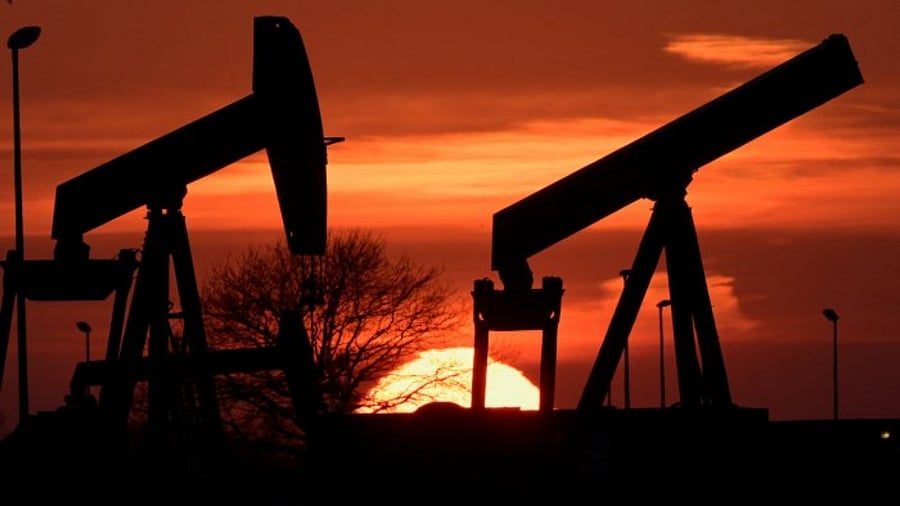
Representative Image.
Credit: Reuters File Photo
New Delhi: India will become the largest source of global oil demand growth between now and 2030, surpassing China, the International Energy Agency said on Wednesday.
Urbanisation, industrialisation, the emergence of a wealthier middle-class keen on mobility and tourism, plus efforts to achieve greater access to clean cooking, will underpin the expansion of oil demand in the country, the Paris-based agency said in ‘Indian Oil Market Outlook to 2030’ report released at the India Energy Week in Goa.
As per the IEA estimate, India’s oil demand will rise to 6.64 million barrels per day in 2030 from 5.48 million barrels per day recorded in 2023.
“India’s oil demand will grow at a rapid pace by 2030, despite accelerated green energy moves,” said Keisuke Sadamori, director of energy markets and security at the International Energy Agency.
At present, China is the biggest driver of global oil demands followed by India. Sadamori said India is likely to overtake China in 2027 in terms of demand growth. However, in absolute terms India will lag behind China by a substantial margin.
By 2030, oil demand in India is projected to increase by 1.2 million barrels per day, which will be around one-third of the projected global increase of 3.2 million barrels per day.
Diesel will be the single largest source of demand growth, accounting for almost half of the rise in the nation’s demand and more than one-sixth of total global oil demand growth through 2030, the report said.
Jet-kerosene demand is poised to grow strongly, at around 5.9% per year on average, but from a low base compared to other countries. Gasoline will grow by 0.7% on average, as the electrification of India’s vehicle fleet avoids a more substantial rise. LPG rounds up the growth picture, as petrochemical industry investments in production facilities boost feedstock demand.
On the impact of renewable energy on oil demand, the report noted that electric vehicles (EVs) and energy efficiency improvements will avoid 480 kb/day of extra oil demand in the 2023-2030 period.
The report underlined that biofuels are expected to play a key role in India’s decarbonisation of the transport sector. India’s ethanol blending rate of around 12% is amongst the world’s highest, and the country has advanced by five years, its deadline for doubling nationwide ethanol blending in gasoline to 20% in Q4 of 2026.
In 2023, India was the world’s second-largest crude oil net importer, having boosted imports by 36% over the past decade to 4.6 million barrels per day to meet rising refinery intake. Increased refining will lift crude oil imports further, to 5.8 million barrels per day by 2030, with major implications for India’s security of supply, the IEA said.